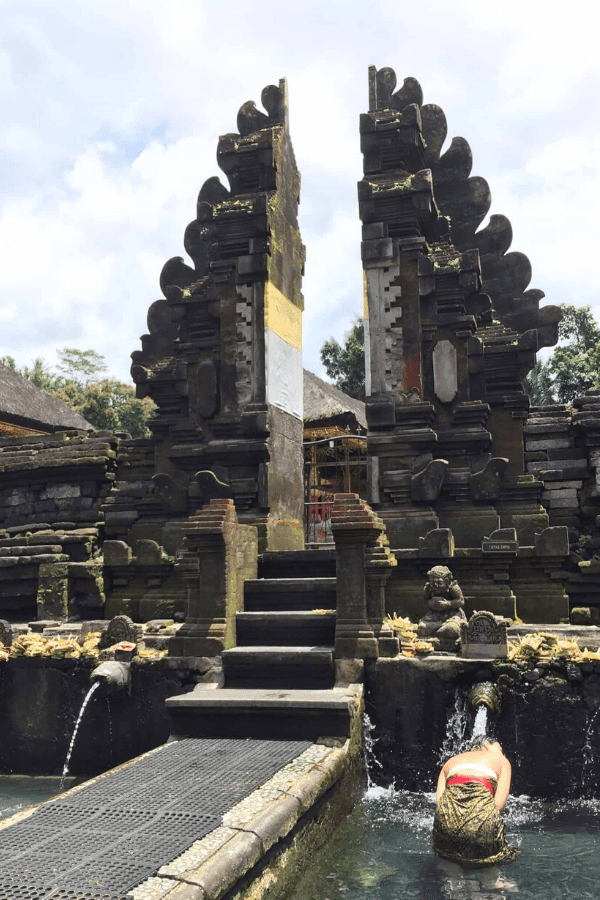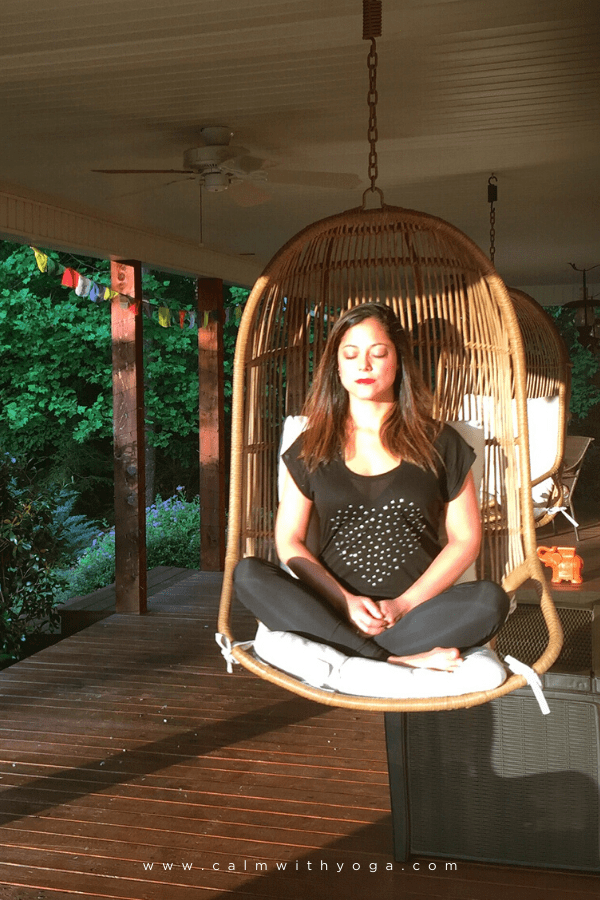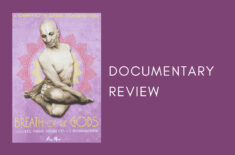Everything you’ll ever need to know is within you; the secrets of the universe are imprinted on the cells of your body.
– Dan Millman, Author of ‘Way of the Peaceful Warrior: A Book That Changes Lives
Most of us live in our heads more than in our bodies.
We tend to spend our days in mental overdrive thinking, doing, planning, going, creating, scrolling…
The space of our mind tends to be so loud and cluttered we get caught up and forget to pause and feel into ourselves – into our bodies.
It’s astonishing how we are taught to ignore and override our body messages.
This process starts with birth and sometimes before birth.
We are not taught to listen and be sensitive, or to rely on our instincts.
– Ged Sumner, craniosacral therapist & author of “You A How You Move: Experiential Chi Kung”
Our body is incredibly intelligent, intuitive, and wise.
It knows exactly what to do to thrive and it constantly gives us feedback about what it needs.
But we often miss the subtle sensations, warnings, and body signals that urge us to slow down, pause, rest, recharge, and go inward.
Learning to listen to our own body is a skill in self-attunement.
This skill should be cultivated regularly if we want to increase well-being, improve mental health, and heal or prevent health problems from taking over.
You can become your own health expert by learning to listen to your own inner wisdom.
Your Body Is Your Temple:

The body is your temple.
Keep it pure and clean for the soul to reside in.
– BKS Iyengar, world-renowned yoga teacher and author of “Light on Yoga”
According to Merriam Webster Dictionary, a Temple is “a place devoted to a special purpose.”
Your body is the one and only place you have in this lifetime to carry out your purpose and create meaningful, inspiring things with.
You are your own home; you are your own Temple.
You are worthy of honoring and caring for.
Paying attention to body sensations and internal messages is a form of self-care and self-love.
Befriending your whole body is one of the main objectives of Yoga.
BQ: The New IQ and EQ?
We’re taught about IQ scores (intelligence quotient) early on in life.
Then as society progressed we learned about EQ or emotional intelligence as popularized by psychologist Daniel Goleman who said:
“The emotional brain responds to an event more quickly than the thinking brain.”
Well, it turns out that you actually have three brains inside your body and they all function in synergy with each other to produce a third major pillar of intelligence…
Body Intelligence (BQ) as defined by Jim Gavin PhD, professor of applied human sciences at Concordia University.
According to Gavin BQ refers to:
“How aware you are of your body, what you know, and what you actually do for and with your body.”
There are three main pillars of the Body Intelligence Quotient:
1- Body awareness (Feel into the subtle sensations)
2- Body knowledge (Become familiar with your body)
3- Engagement of the body (Move and activate each major system and component of your body)
How Yoga Can Help You Feel Into Your Own Body’s Wisdom

The nature of Yoga is to shine awareness into the darkest corners of the body.
– Jason Crandell
The following are four powerful yoga practices you can think of as body intelligence training.
Each one is designed to help you connect with and honor your Temple:
1- Svadhyaya:

Svadhyaya is the yogic principle of self-study, self-observation, and self-inquiry.
One way to practice Svadhyaya is by asking yourself quality questions throughout the day and then pausing to notice what comes up:
How do I feel?
How do I want to feel?
How would I feel if I did ___ ?
How would I feel if I ate ___ ?
What do I need right now?
Ask what your body needs and be prepared to listen.
Each nudge is valuable information and feedback.
Remember, body intuition is real…
We just need to ask the questions and get out of the way so we can hear.
These are all questions that can lead to deeper self-awareness and bodily intuition.
2- Asana:

Body is the bow.
Asana is the arrow
and the soul is the target.
– BKS Iyengar
Asana refers to the physical poses of a yoga practice.
Yogis believe that there are intelligent energy channels in the body called Nadis.
They carry vital energy or prana to every nook and cranny of our being.
Mindful body movement through vinyasa flow or yin yoga classes, for example, ensure that this vital energy flows freely throughout the body.
This strengthens body (especially your nervous system), mind, energy, and spirit which results in a mind-body union, the goal of all yoga practice.
3- Pratyahara:

Pratyahara is the yogic principle of turning the senses away from the external world towards the inner world where your bodily sensations reside.
You can practice pratyahara through meditative and contemplative practices such as yoga nidra, body scan meditation, and breath awareness meditation.
Or you can simply go to a quiet spot, close your eyes, and follow your breath inwards.
4- Dharana:

Dharana is the yogic principle of sustained one-pointed focus on an object such as a candle flame, a mantra, a body part, or your own breath.
Follow along with this 1-minute body intelligence meditation:
https://soundcloud.com/calmwithyoga/1-minute-body-scan
Sometimes it’s hard to tap into our body’s wisdom because we feel we’re at war with it.
Some of us struggle with body image battles…
Others with anxiety, depression, addiction, PTSD, or eating disorders.
If this is you know that you’re not alone in this.
The process of befriending our body is a tender one so be gentle with yourself and seek a holistic approach that works best for you.
Only you know what feels right.
Honor yourself through this process.
Namaste and In La’kech.












